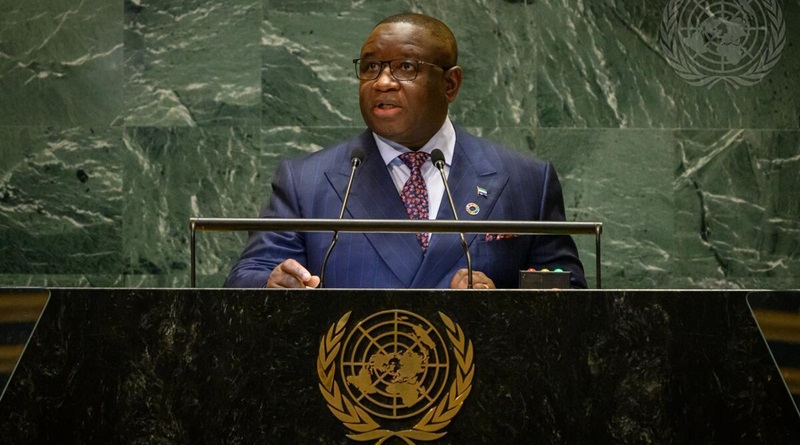Sierra Leone is a country full of history and diverse resources. Economic challenges have continued to face Sierra Leone’s economy, and one of the worst problems facing the country is public indebtedness.
Presently, the country’s total debt amounts to approximately $3.6 billion. With its population at about 8.64 million, the country’s responsibility for each person is approximately $416.49 per capita.
However, this number is expected to surge to approximately $5.69 billion by 2029, which would further inflate the per capita burden to roughly $658.22. This paper discusses the current implications of the state of debt, expected growth of debt, and measures for economic recovery that can be taken.
Current Situation of Debt
Sierra Leone’s current debt is a whopping $3.6 billion-a tremendous challenge. Borrowing may be used as a tool of development, but huge sums of debt imply severe economic strain. Some of the key reasons for this include:
- Post-Civil War Recovery: The country has struggled to get back on its feet to rebuild its economy and infrastructure following an intense and devastating civil war; this naturally required huge investment.
-
Global Economic Conditions Fluctuating commodity prices and the effects of global economic trends have had their impacts on national revenues, leading to increased borrowing.
-
Public Investment Needs Engaging in ways of ensuring good health, education, and infrastructure is essential and this, in turn has to be supplemented with borrowing, especially in a country with scanty internal revenue generation.
Implications of Growing Debt
Financial Load on Citizens
The current individual debt burden of $416.49 which is equivalent to (10 thousand new Leones) is already beyond what most Sierra Leoneans can afford. With the debt projection headed towards $5.69 billion by 2029, the per capita debt could rise to $658.22 (16 thousand new Leones) . Rising with many problems, this includes:
- Reduced Access to Services: A rise in debt means a reduction of funding in essential services and hence access to resources such as health and education, negatively affecting the living standards of the people.
- Economic Strain: Increased debt burden places additional economic strain on a population that mostly survives on less than $2 per day and heighten poverty, also negatively impact economic mobility.
- Inflationary Pressures: Increased debt may fuel inflationary pressures, which decrease purchasing power and put greater stress on household budgets.
Broader Economic Consequences
- Investment Deterrence: High levels of debt may lead to perceptions of risk by investors and could reduce foreign direct investment, so vital for economic growth.
- Debt Servicing Costs: The increased level of debt would automatically increase costs related to debt servicing and crowd out the spending of development projects.
- Currency Devaluation Risks: Increased debt may in turn risk currency devaluation and impact imports, increasing further burdens on consumers.
Pathways to Address the Debt Crisis
To mitigate the challenges emanating from the current and projected level of debt, the following strategies may be considered by Sierra Leone:
- Debt Restructuring: Engaging with international creditors to negotiate better terms on outstanding debt would provide temporary respite and allow more viable financial planning.
- Diversification of the Economy: Dependence on a narrow set of sectors, especially natural resources, must be minimized. Investment in agriculture, tourism, and technology can create jobs and spur growth.
- Strengthening Governance and Public Spending: Improving efficiency and transparency in the administration of public spending can engender trust that the money lent will be spent well on development.
- International Support and Collaboration: Taking support from organizations like the International Monetary Fund and the World Bank may not only give them fiscal support but also technical skills in managing debt and generating economic growth.
Conclusion
Sierra Leone faces serious problems with the current debt burden of $3.6 billion, which is expected to rise to approximately $5.69 billion by 2029. The government and citizens, along with international partners, should therefore discuss ways in which such increased per capita debt burden could be strategically managed to realize sustainable solutions. Because this addresses the very causes of the indebtedness and strategic investment in its own future, Sierra Leone can only dream of a decent life for its people and increased economic stability, lessening the financial burdens on its people by allowing the conditions for long-term development.



 1 Comment
1 Comment 










Sierra Leone needs oxygen right now. With all of this the president is still busy creating new offices to add more borden on the wage bill